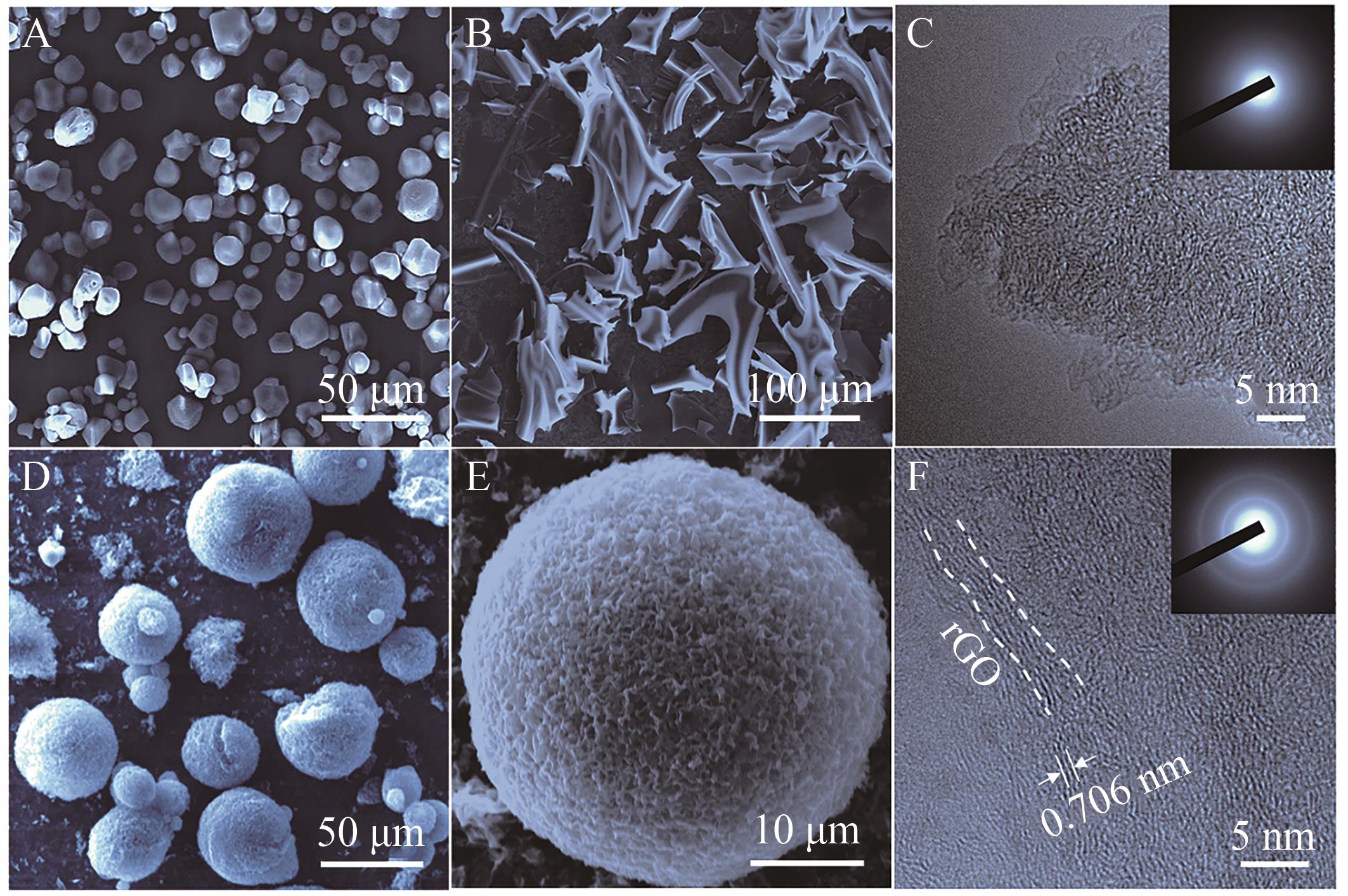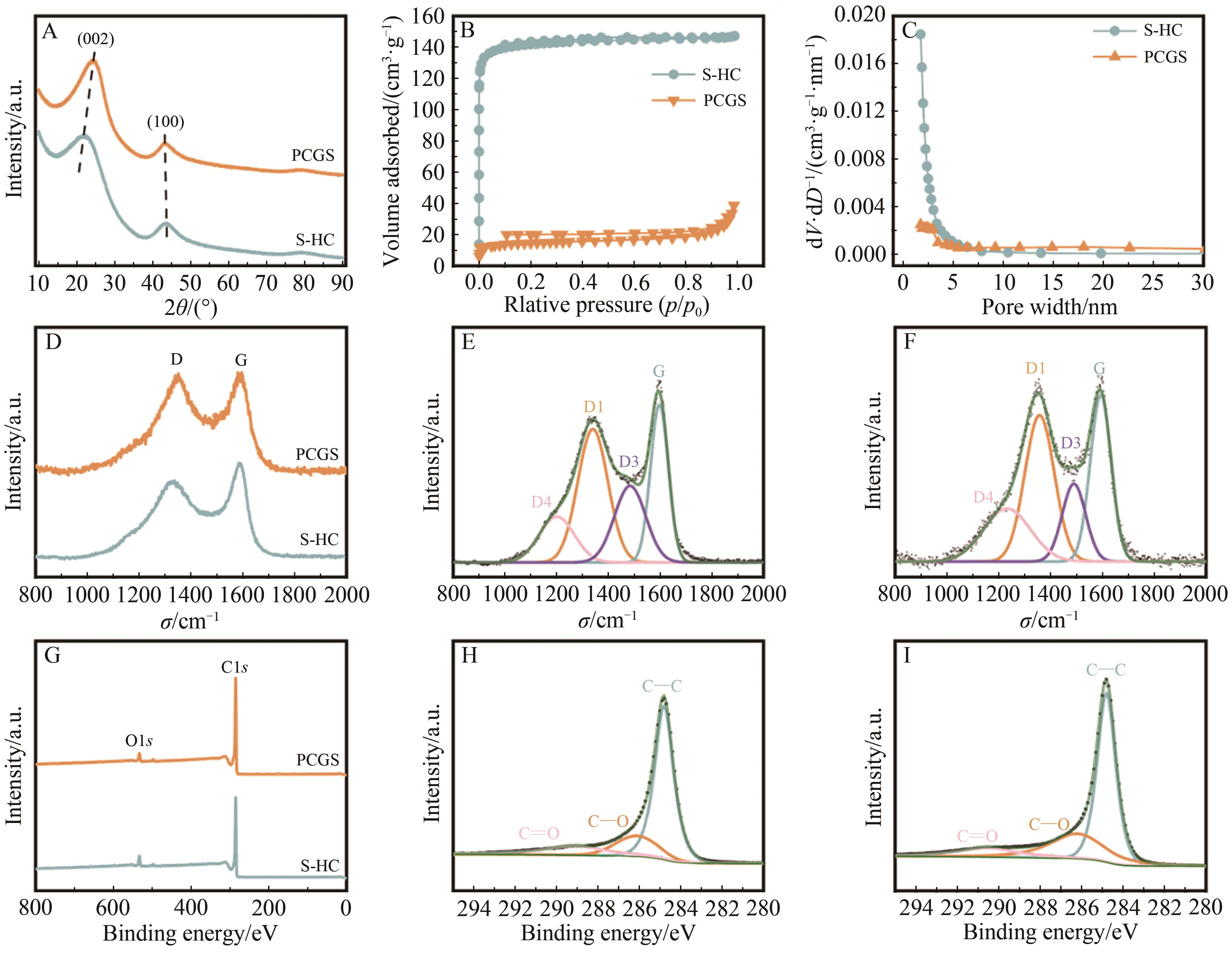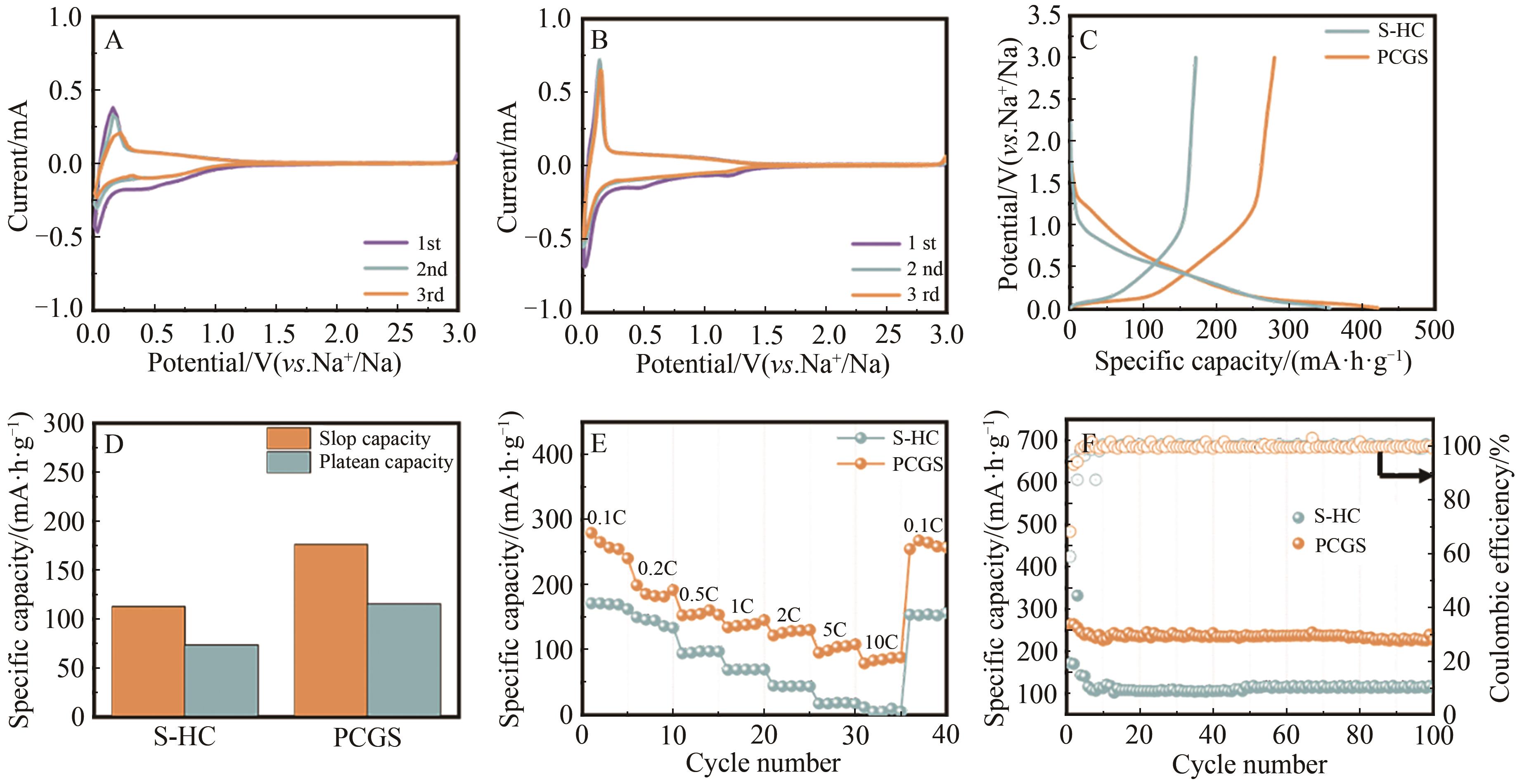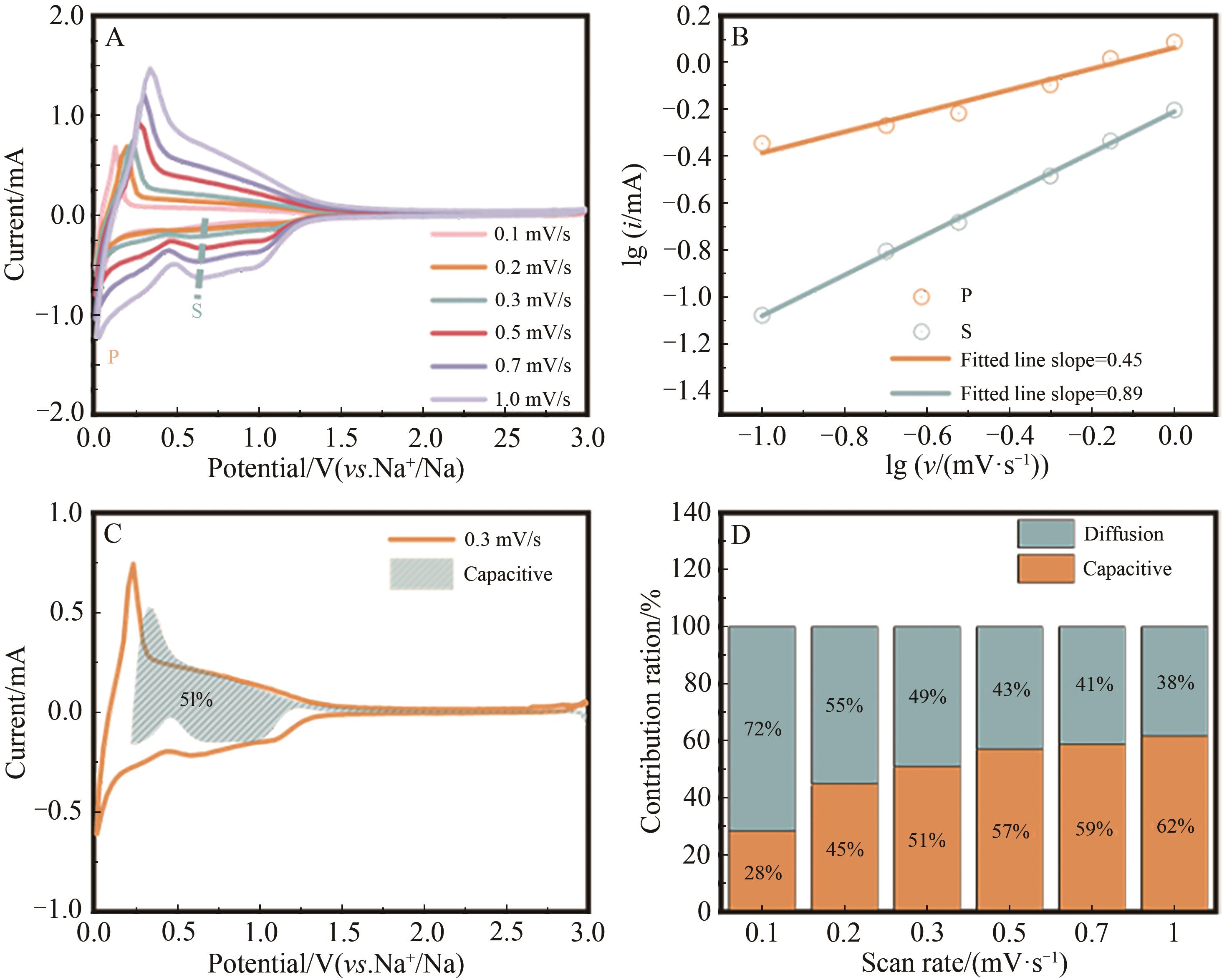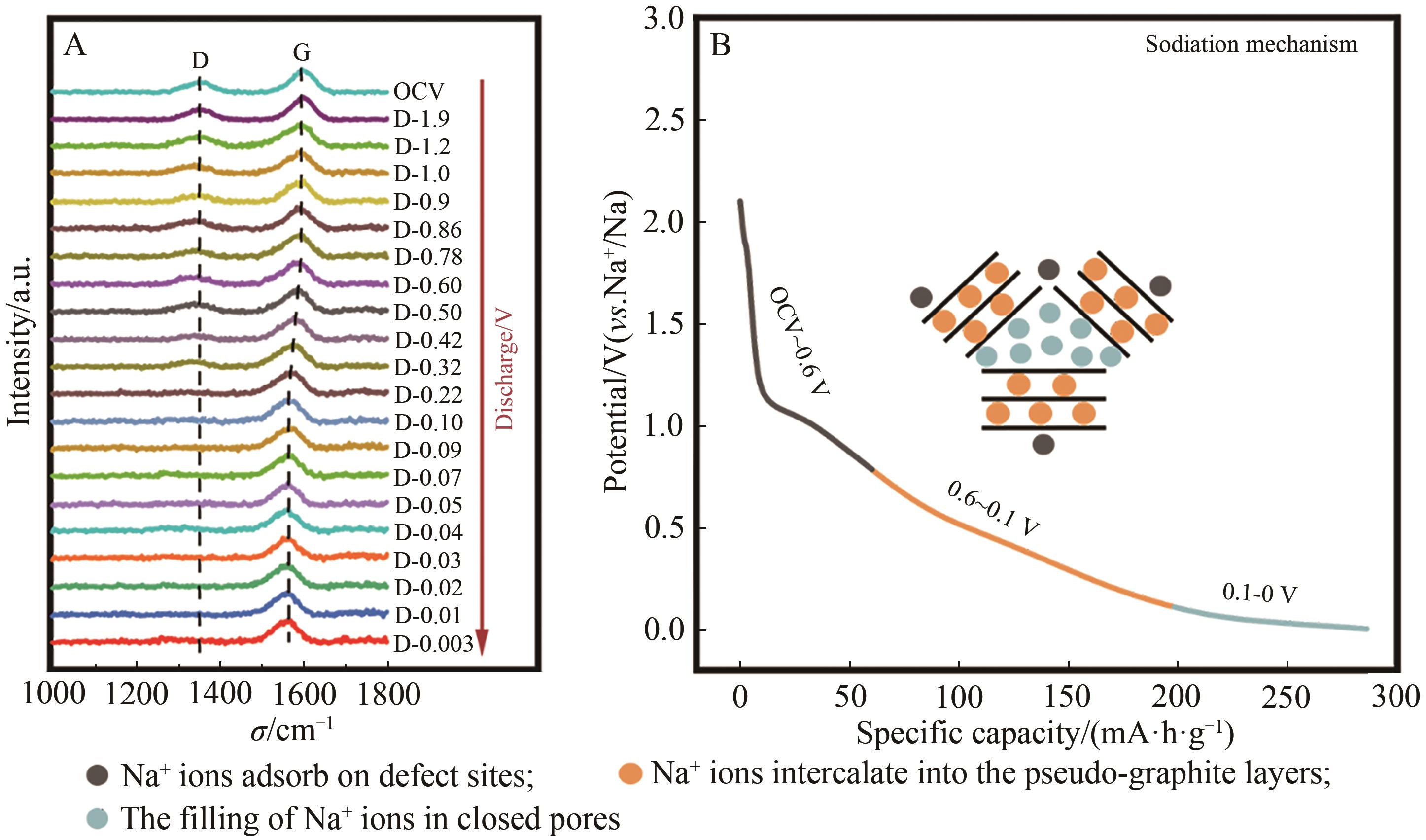| 1 |
ZHANG H, GAO Y, LIU X, et al. Long-cycle-life cathode materials for sodium-ion batteries toward large-scale energy storage systems[J]. Adv Energy Mater, 2023, 13(23): 2300149.
|
| 2 |
LIANG X, HWANG J, SUN Y. Practical cathodes for sodium-ion batteries: who will take the crown?[J]. Adv Energy Mater, 2023, 13(37): 2301975.
|
| 3 |
PEI L, YANG L, CAO H, et al. Cost-effective and renewable paper derived hard carbon microfibers as superior anode for sodium-ion batteries[J]. Electrochim Acta, 2020, 364: 137313.
|
| 4 |
吴芮瑶, 欧阳丹丹, 殷娇, 等. 钠离子电池用生物质基硬碳的研究进展[J]. 应用化学, 2024, 41(4): 496-511.
|
|
WU R Y, OUYANG D D, YIN J, et al. Research progress of biomass-based hard carbon anodes for sodium-ion storage[J]. Chin J Appl Chem, 2024, 41(4): 496-511.
|
| 5 |
MA P, FANG D, LIU Y, et al. MXene-based materials for electrochemical sodium-ion storage[J]. Adv Sci, 2021, 8(11): 2003185.
|
| 6 |
YAN L, WANG J, REN Q, et al. In-situ graphene-coated carbon microsphere as high initial coulombic efficiency anode for superior Na/K-ion full cell[J]. Chem Eng J, 2022, 432: 133257.
|
| 7 |
SUN N, ZHU Q, ANASORI B, et al. MXene-bonded flexible hard carbon film as anode for stable Na/K-ion storage[J]. Adv Funct Mater, 2019, 29(51): 1906282.
|
| 8 |
曹海亮, 杨良滔, 赵敏, 等. 硬炭微球/MXene柔性薄膜负极应用于高性能钠离子存储[J]. 新型炭材料, 2022, 37(6): 1154-1162.
|
|
CAO H L, YANG L T, ZHAO M, et al. A flexible hard carbon microsphere/MXene film as a high-performance anode for sodium-ion storage[J]. New Carbon Mater, 2022, 37(6): 1154-1162.
|
| 9 |
HUMMERS W S J R, OFFEMAN R E. Preparation of graphitic oxide[J]. J Am Chem Soc, 1958, 80(6): 1339-1339.
|
| 10 |
LU B, ZHANG C, DENG D, et al. Synthesis of low-cost and high-performance dual-atom doped carbon-based materials with a simple green route as anodes for sodium-ion batteries[J]. Molecules, 2023, 28(21): 7314.
|
| 11 |
KAPTAY G. The chemical (not mechanical) paradigm of thermodynamics of colloid and interface science[J]. Adv Colloid Interface, 2018, 256: 163-192.
|
| 12 |
ZHANG H, ZHANG W, HUANG F. Graphene inducing graphitization: towards a hard carbon anode with ultrahigh initial coulombic efficiency for sodium storage[J]. Chem Eng J, 2022, 434: 134503.
|
| 13 |
HUANG S, YANG D, QIU X, et al. Boosting surface-dominated sodium storage of carbon anode enabled by coupling graphene nanodomains, nitrogen-doping, and nanoarchitecture engineering[J]. Adv Funct Mater, 2022, 32(33): 2203279.
|
| 14 |
HUANG H, XU R, FENG Y, et al. Sodium/potassium-ion batteries: boosting the rate capability and cycle life by combining morphology, defect and structure engineering[J]. Adv Mater, 2020, 32(8): 1904320.
|
| 15 |
YAN Y, YIN Y, GUO Y, et al. A sandwich-like hierarchically porous carbon/graphene composite as a high-performance anode material for sodium-ion batteries[J]. Adv Energy Mater, 2014, 4(8): 1301584.
|
| 16 |
CHU Y, ZHANG J, ZHANG Y, et al. Reconfiguring hard carbons with emerging sodium-ion batteries: a perspective[J]. Adv Mater, 2023, 35(31): 2212186.
|
| 17 |
XU J, CHEN B, HU B, et al. 3D connected porous structure hard carbon derived from paulownia xylem for high rate performance sodium ion battery anode[J]. J Energy Storage, 2024, 81: 110306.
|
| 18 |
LIU T, LI X. Biomass-derived nanostructured porous carbons for sodium ion batteries: a review[J]. Mater Technol, 2019, 34(4): 232-245.
|
| 19 |
JIN Q, WANG K, LI H, et al. Tuning microstructures of hard carbon for high capacity and rate sodium storage[J]. Chem Eng J, 2021, 417: 128104.
|
| 20 |
SONG M, SONG Q, ZHANG T, et al. Growing curly graphene layer boosts hard carbon with superior sodium-ion storage[J]. Nano Res, 2023, 16: 9299-9309.
|
| 21 |
杨汉西, 雷鸣, 李升宪, 等. 炭材料作为贮锂负极的研究[J]. 应用化学, 1993, 10(1): 113-115.
|
|
YANG H X, LEI M, LI S X, et al. Preliminary investigation of acetylene black as negative electrode for lithium battery[J]. Chin J Appl Chem, 1993, 10(1): 113-115.
|
| 22 |
SONG M, YI Z, XU R, et al. Towards enhanced sodium storage of hard carbon anodes: regulating the oxygen content in precursor by low-temperature hydrogen reduction[J]. Energy Storage Mater, 2022, 51: 620-629.
|
| 23 |
左自成, 李玉良. 石墨炔在锂/钠离子电池负极中的应用[J]. 应用化学, 2018, 35(9): 1057-1066.
|
|
ZUO Z C, LI Y L. Applications of graphdiyne in Li+/Na+ battery anodes[J]. Chin J Appl Chem, 2018, 35(9): 1057-1066.
|
| 24 |
LI X, CHEN Z, LI A, et al. Three-dimensional hierarchical porous structures constructed by two-stage MXene-wrapped Si nanoparticles for Li-ion batteries[J]. ACS Appl Mater Interfaces, 2020, 12(43): 48718-48728.
|
| 25 |
王福洋, 宋伟明, 孙立, 等. 多孔纳米立方FeSe2/石墨烯复合材料的可控构建及在钠离子电池中的应用[J]. 应用化学, 2022, 39(5): 779-786.
|
|
WANG F Y, SONG W M, SUN L, et al. Controllable construction of porous nanocube FeSe2/graphene composite for efficient Na-ion storage[J]. Chin J Appl Chem, 2022, 39(5): 779-786.
|
| 26 |
AUGUSTYN V, COME J, LOWE M, et al. High-rate electrochemical energy storage through Li+ intercalation pseudocapacitance[J]. Nat Mater, 2013, 12(6): 518-522.
|
| 27 |
FERRARI A, ROBERTSON J. Interpretation of Raman spectra of disordered and amorphous carbon[J]. Phys Rev B, 2000, 61(20): 14095-14107.
|
| 28 |
REDDY M, HELEN M, GROSS A, et al. Insight into sodium insertion and the storage mechanism in hard carbon[J]. ACS Energy Lett, 2018, 3(12): 2851-2857.
|
| 29 |
ZHANG B, GHIMBEU C, LABERTY C, et al. Correlation between microstructure and Na storage behavior in hard carbon[J]. Adv Energy Mater, 2016, 6(1): 1501588.
|
| 30 |
WU J, XU H, ZHANG J. Raman spectroscopy of graphene[J]. Acta Chim Sin, 2014, 72(3): 301.
|
| 31 |
HE X, LAI W, LIANG Y, et al. Achieving all-plateau and high-capacity sodium insertion in topological graphitized carbon[J]. Adv Mater, 2023, 35(40): 2302613.
|

 ), Ying HOU
), Ying HOU
